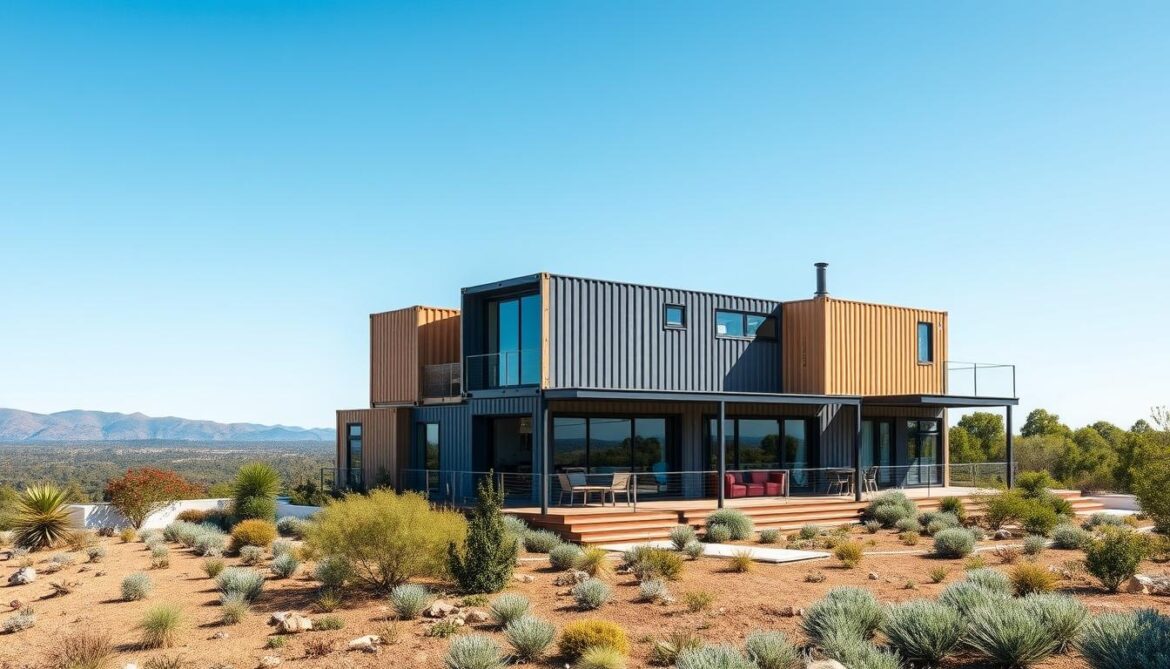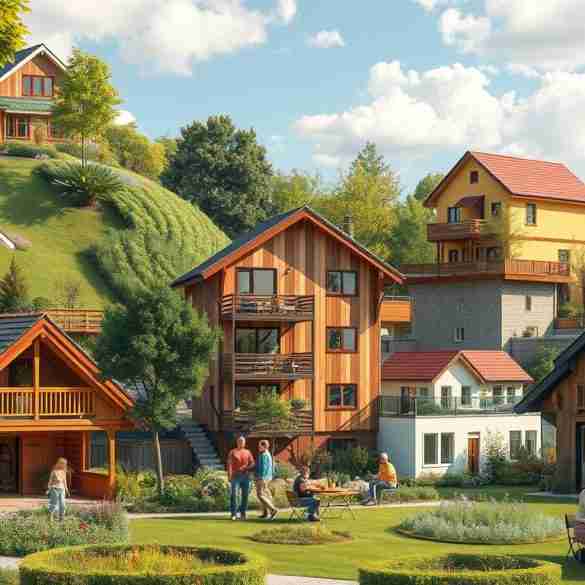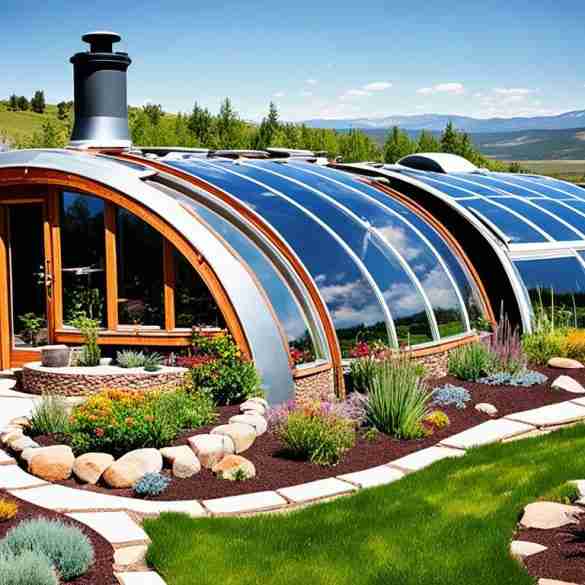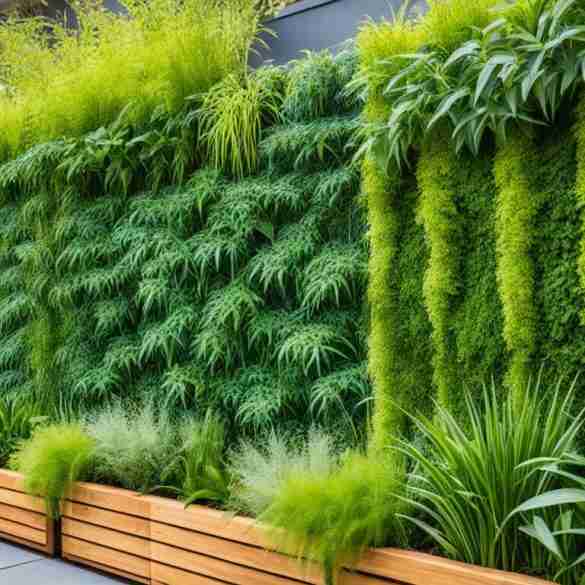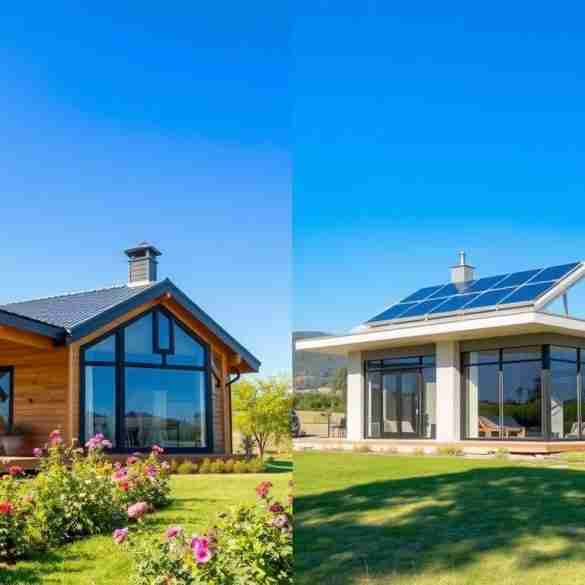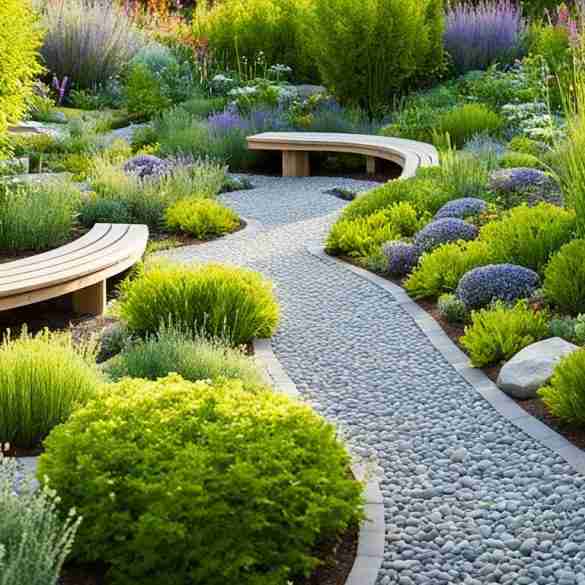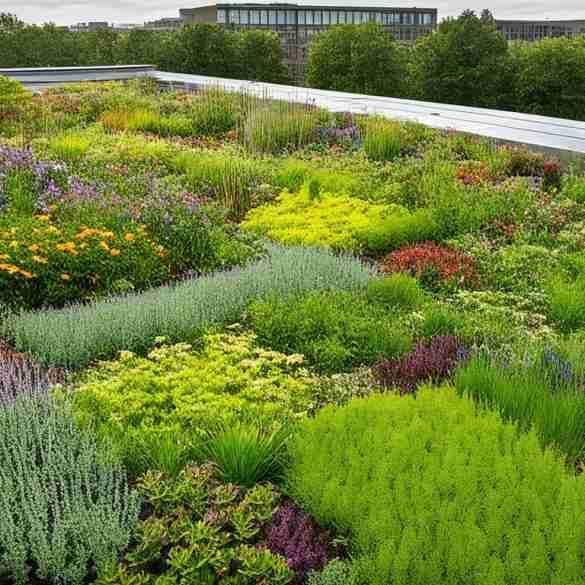Have you thought about a home made from shipping containers? They offer comfort and space for families. Multi-container homes are changing family living in Australia. They mix sustainability, affordability, and flexibility.
These homes are becoming popular everywhere in Australia. They help solve urban sprawl and high housing costs. They also use eco-friendly building methods.
Sustainable Home Magazine says these homes can be built in weeks. This is much faster than traditional homes. It’s great for families who need to move quickly or live in areas with limited resources.
There are many designs to choose from. The Hinterland has 450 square meters of space. The Mullumbimbi is cozy, made from three 20-foot containers. These homes are perfect for growing families and first-time buyers.
Key Takeaways
- Multi-container homes offer sustainable and affordable living solutions for Australian families
- These homes can be assembled quickly, often in just weeks
- Designs range from compact to spacious, catering to various family sizes
- Container homes are adaptable, allowing for future expansion
- They’re suitable for both urban and rural settings across Australia
Why Multi-Container Homes Are Ideal for Families
Multi-container homes are a new way to live that’s great for families. They offer designs that fit your family’s needs. This makes them a top pick for eco-friendly homes.
Benefits of Multi-Container Living for Large Families
These homes give you lots of space for your family. You can add rooms as your family grows. This way, you can have areas for bedrooms, play, and work.
- Adaptable layouts for changing family needs
- Easy to create private spaces for each family member
- Potential for multi-generational living arrangements
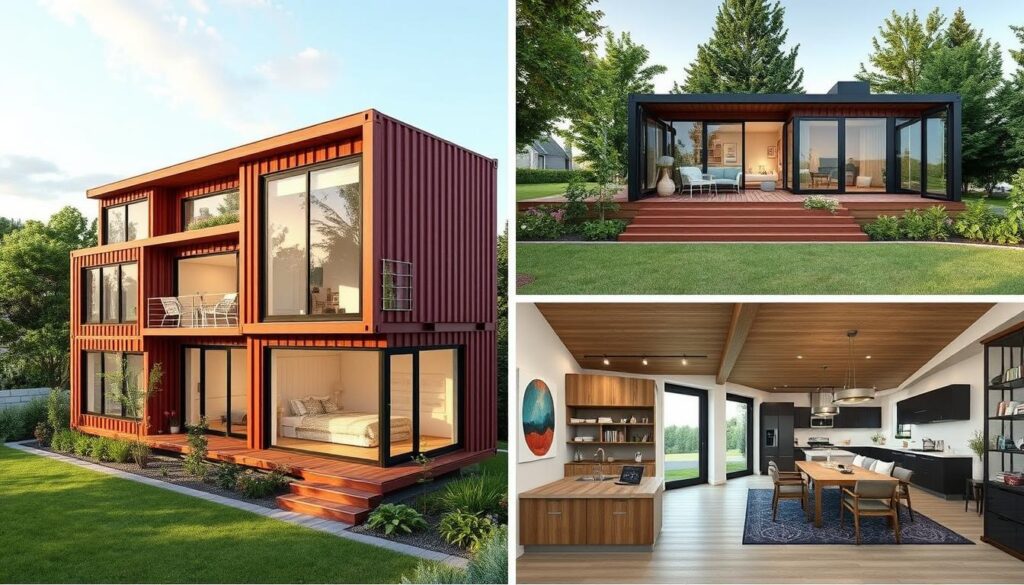
Cost Savings Compared to Traditional Homes
Container homes save you money. They cost 20-30% less than regular houses. Building them is quick, taking weeks, not months. Prices vary from $10,000 to $100,000, based on size and design.
| Aspect | Container Home | Traditional Home |
|---|---|---|
| Construction Time | Weeks to months | Several months to a year |
| Cost Range | $10,000 – $100,000 | $200,000 – $500,000+ |
| Maintenance | Lower due to durability | Higher ongoing costs |
Common Challenges and How to Overcome Them
Container homes have many benefits, but there are challenges. Zoning laws can be tough in some places. Work with experts to get around these rules.
Insulation is key for comfort and saving energy. Talk about this early in your project. This way, you can avoid problems later.
“Container homes promote sustainability by repurposing millions of unused shipping containers globally, reducing waste and environmental impact.” – Sustainable Home Magazine
Best Floor Plans for Family-Friendly Container Homes
Container homes are great for families. They have flexible floor plans and can be customized. This makes them affordable and energy-efficient.
Open-Concept vs. Sectioned Layouts
Open-concept designs bring families together. Sectioned layouts offer privacy. The Dwell Well model is 480 square feet with 2 bedrooms and 1 bathroom. It’s great for small families.
Bedrooms and Bathrooms for Different Family Sizes
Container homes fit all family sizes. The Triple Trio is 960 square feet with 3 bedrooms and 2 bathrooms. It’s perfect for big families. The Pioneer is 320 square feet with 1 bedroom and 1 bathroom for smaller families.
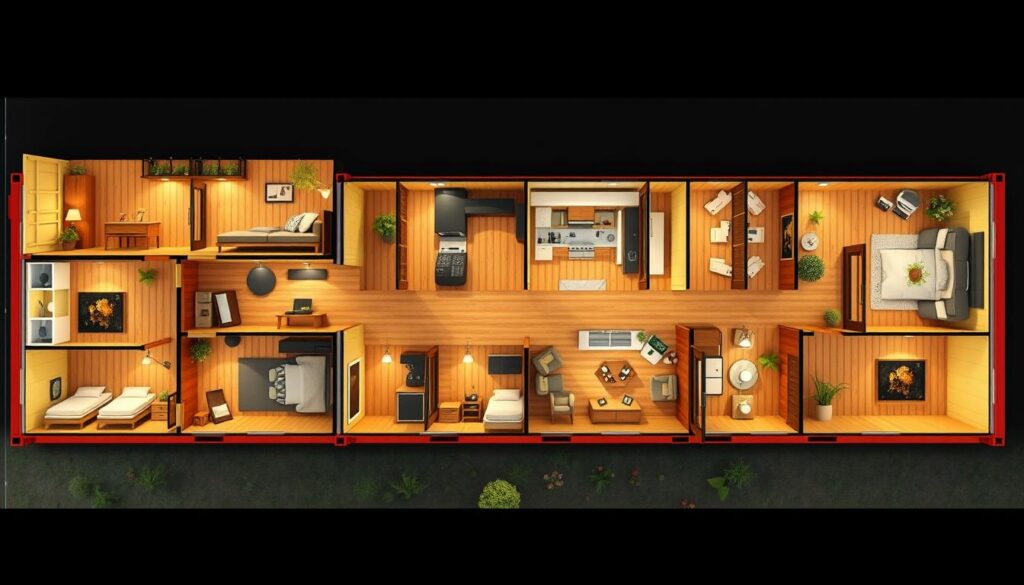
Multi-Level vs. Single-Level Family Homes
The 3rd Wheel is a 960-square-foot, two-story home. It’s great for families who need more space. The Haven is 640 square feet and has one level. It’s perfect for families with young kids or elderly members.
Creating Separate Spaces for Privacy and Comfort
Container homes can be designed to have separate spaces. The Short Stack model is 480 square feet. It has a stacked design to keep living areas separate.
“Container homes offer unique opportunities for sustainable living and affordable home ownership, with designs that grow with your family.”
Container homes range from 160 to 960 square feet. They suit all family sizes and needs. These homes show how sustainable design can adapt to modern family life.
Child-Friendly and Safe Container Home Designs
Designing container homes for families needs careful thought on safety. In Australia, homes are big, averaging 235.8m². Making these homes safe for kids and pets is key.
Safety Features for Kids and Pets
Focus on rounded corners and secure windows in family homes. Choose materials that are safe and healthy. Lock cabinets and keep heavy furniture from falling.
Fireproofing and Insulation Considerations
Fire safety and good insulation are vital. Use materials that won’t catch fire and put in smoke detectors. For keeping warm or cool, use special foam that works well.
Making Staircases and Balconies Safe
Staircases in multi-level homes must be safe. Put in strong handrails and non-slip steps. Balconies need high railings and maybe plexiglass for extra safety.
Secure Outdoor Play Areas
Make outdoor play areas safe and fun. Use soft ground and kid-friendly plants. A rooftop garden can also help keep it quiet and cool.
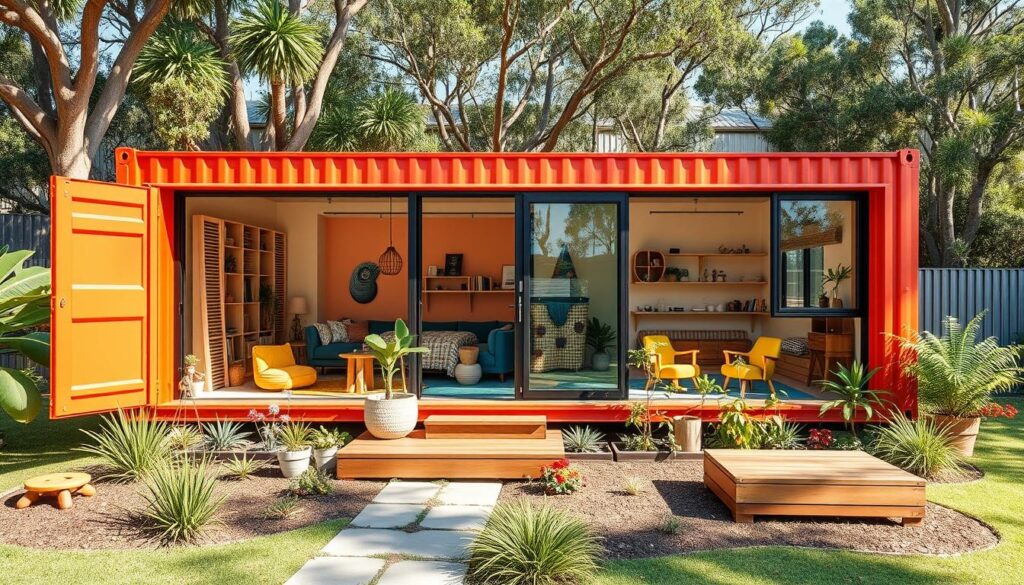
| Safety Feature | Benefit | Implementation |
|---|---|---|
| Rounded Corners | Prevents injuries from sharp edges | Use corner guards or custom fabrication |
| Secure Windows | Prevents falls and unauthorized access | Install window locks and safety screens |
| Non-Toxic Materials | Ensures healthy living environment | Choose low-VOC paints and natural finishes |
| Fire-Resistant Insulation | Enhances fire safety | Use mineral wool or fire-rated foam insulation |
Adding these safety features makes your container home safe and green. Sustainable homes are good for the planet and keep families safe.
Storage Solutions for Families
Multi-container homes have unique storage needs for families. You can make the most of every space with customizable floor plans. Let’s look at smart ways to keep your home tidy and organized.
Maximizing Storage Space with Built-In Shelving
Built-in shelving is a big help in container homes. Use the containers’ structure for shelves that go all the way up. This saves floor space and holds books, toys, and more.
Space-Saving Furniture and Multifunctional Rooms
Choose furniture that also stores things. Murphy beds, ottoman storage, and tables that expand are great. Make rooms that change use, like offices by day and bedrooms at night.
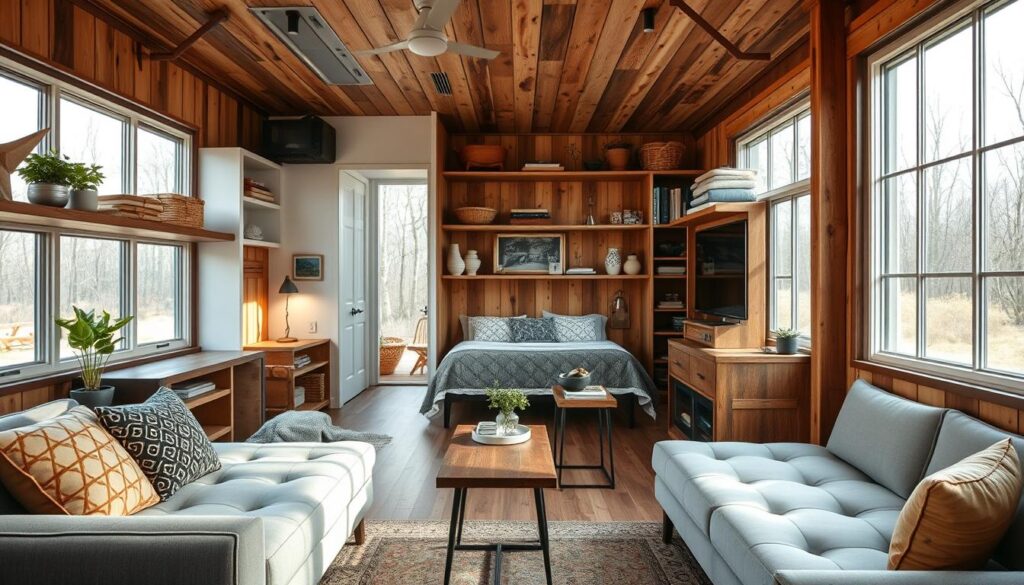
Smart Closet Designs for Kids and Adults
Design closets with shelves and rods that adjust. This is good for kids as they grow. For adults, add built-in drawers and shoe racks. These designs keep clothes neat and easy to find.
Creative Storage Ideas for Toys, Books, and Essentials
Use containers under beds for things you don’t need often. Install shelves in kids’ rooms for books and toys. Make a family center with wall organizers for keys, mail, and school stuff.
| Storage Solution | Benefits | Best For |
|---|---|---|
| Built-in Shelving | Maximizes vertical space | Books, decorative items |
| Murphy Beds | Creates multi-use rooms | Small bedrooms, home offices |
| Adjustable Closets | Adapts to changing needs | Growing families |
| Under-bed Storage | Utilizes dead space | Seasonal items, extra linens |
These storage ideas help keep your multi-container home tidy and roomy. With green building and off-grid living, you’ll have a clean, sustainable home for your family.
Energy Efficiency and Sustainability for Families
Prefabricated homes are great for saving energy and being green. They are made to be eco-friendly. This means families can live in a way that’s good for the planet.
Solar Panels and Renewable Energy Solutions
Container homes are perfect for solar panels. They turn into clean energy powerhouses. This cuts down on carbon emissions and lowers energy costs.
Water-Saving Systems and Rainwater Harvesting
Building with containers also saves water. They can collect rainwater for uses other than drinking. This is really helpful in dry places like Australia.
Eco-Friendly Materials for a Healthier Living Environment
Container homes use recycled stuff. They also have eco-friendly insulation and paints. This makes homes healthier for families.
Reducing Energy Costs with Smart Home Features
Container homes work well with smart tech. Things like smart thermostats and lights save energy. This makes homes more comfy and cheaper to run.
| Feature | Benefit | Energy Savings |
|---|---|---|
| Solar Panels | Clean energy production | Up to 70% reduction in electricity bills |
| Rainwater Harvesting | Water conservation | 30-50% reduction in water usage |
| Smart Home Systems | Automated energy management | 15-30% reduction in overall energy consumption |
Container homes are a smart choice for green families. They save energy and are good for the planet. They show that living green can be affordable and stylish.
Outdoor and Recreational Spaces
Customizable container homes let you make amazing outdoor areas. These spaces add to your living area and are great for family fun. Let’s see how to make your yard a perfect spot for family time.
Backyard Design Ideas for Family Gatherings
Your backyard can be the heart of family fun. Add a big deck or patio that links to your home. It’s perfect for barbecues or brunch.
Adding Playgrounds, Gardens, and Outdoor Kitchens
Put in a playground with swings and slides for kids. Raised garden beds are great for growing veggies. An outdoor kitchen makes cooking outside easy.
Best Ways to Incorporate a Swimming Pool
A pool is a great addition to your home. Above-ground pools are easy to set up and keep clean. Lap pools can also fit well with your home’s design.
Creating a Family-Friendly Entertainment Area
Make a spot for fun with comfy seats, a fire pit, and an outdoor movie screen. It’s perfect for movie nights or just hanging out.
| Outdoor Feature | Benefits | Considerations |
|---|---|---|
| Deck/Patio | Extends living space, perfect for gatherings | Weather-resistant materials, proper drainage |
| Playground | Keeps children active, encourages outdoor play | Safety surfacing, age-appropriate equipment |
| Garden | Provides fresh produce, teaches sustainability | Soil quality, watering system |
| Swimming Pool | Family recreation, exercise opportunities | Safety features, maintenance requirements |
| Outdoor Kitchen | Enhances entertaining, keeps cooking odors outside | Weatherproof appliances, proper ventilation |
Designing your outdoor spaces well makes your home flexible and fun for families. These features improve your life and increase your home’s value.
Customization Options for Family Needs
Container homes have flexible floor plans that fit your family’s needs. These layouts make it easy for Australian families to own an affordable home. It’s all about sustainable living.
Adding Extra Rooms for Future Growth
Container homes are easy to expand. You can add rooms as your family grows. This saves 30-60% on construction costs compared to traditional homes.
This flexibility means your home can grow with you. It supports your family’s long-term plans.
Soundproofing Solutions for Busy Households
In multi-container homes, keeping it quiet is key. You can use insulation to block noise between rooms. This makes your home peaceful for work, study, or relaxing.
Home Office and Study Spaces
With more people working and studying from home, dedicated spaces are a must. Container homes can have built-in desks and tech-friendly features. They help create productive home environments.
Flexibility in Design for Growing Families
Container homes are great at adapting. 83% of families want homes that change with them. They offer adjustable partitions and convertible spaces for modern families.
Container homes can be set up in many ways, from single units to multi-container homes. They also have energy-saving features like solar panels. This makes them a popular choice for 71% of Australian homeowners who want to live sustainably.
Budget Considerations for Multi-Container Family Homes
Multi-container homes are a smart choice for families. They are affordable and offer a new way to live. These homes are green and cost less than regular houses.
Cost Breakdown for Different Sizes and Layouts
The cost of a container home depends on its size and design. A small 20-foot container has about 160 square feet. A bigger 40-foot one has 320 square feet. Prices range from $1,500 to $4,000 per container, which is much cheaper than building a house.
| Home Size | Approximate Cost | Square Footage |
|---|---|---|
| Single Container | $15,000 – $30,000 | 160 – 320 sq ft |
| Two Container | $30,000 – $60,000 | 320 – 640 sq ft |
| Four Container | $60,000 – $120,000 | 640 – 1,280 sq ft |
DIY vs. Professional Construction
Building a container home yourself can save money. But, hiring a pro ensures it’s done right and meets local rules. Pro builders do most of the work off-site. This cuts down on costs and time, finishing in 3-4 months.
Best Affordable Design Options
To make a stylish and affordable home, choose open layouts and rooms that do double duty. Add energy-saving features too. Use pier foundations instead of slabs to save even more money.
Financing and Loan Options for Families
There are many ways to finance a container home. Look for government help for green homes and loans for alternative building. Remember, container homes are 30% cheaper than regular houses, making them a great choice for those on a budget.
“Container homes offer innovative living solutions at a fraction of the cost, making them ideal for families seeking quality, affordable housing.”
Multi-Container Homes for Multi-Generational Living
Multi-container homes are great for families who need lots of space. They have layouts that can be changed to fit the needs of families with many generations. This is a big trend in Australia.
Separate Living Spaces for Extended Families
Container homes let you make different living areas for family members. The Gascoyne cabin is the biggest and is great for big families. It has lots of room for everyone to live together but also have their own space.
Shared Kitchen and Dining Area Designs
Design your home with a shared kitchen and dining area. This helps families come together while keeping their own spaces. In Australia, most homes have 2.53 people, making these homes perfect for families of all sizes.
Accessibility Features for Elderly Family Members
Add features like wide doors and grab bars for older relatives. These make sure they are comfortable and safe. Container homes can be designed to be accessible for everyone, no matter their age.
Balancing Privacy and Togetherness
Container homes offer a good mix of privacy and family time. You can have your own space and also share areas with your family. This is great for families who want a home that can grow with them.
Building a container home takes about 3 months. This is much faster than building a traditional home. It’s a quick and affordable way for families to find a new home.
Best Locations in Australia for Family-Friendly Container Homes
Looking for a place to put your family’s container home in Australia? You have many options. You can choose from busy suburbs to quiet rural areas. Container homes are flexible and affordable everywhere in the country.
Suburban vs. Rural Family Container Homes
Suburbs near big cities like Sydney and Melbourne are popular. They have good schools and jobs. But, they also have a lot of people.
Rural areas have more space and privacy. They’re great for big container homes and outdoor fun.
Best Australian States for Family Container Living
Queensland and New South Wales are top choices for container homes. They have good weather and rules for green homes. Victoria and Western Australia are also getting popular for eco-friendly homes.
Studies show homes made from containers use 70% less electricity than regular houses.
Proximity to Schools, Parks, and Healthcare Facilities
Think about where your family’s container home is near schools, parks, and hospitals. The Gold Coast in Queensland and Central Coast in New South Wales are good. They have lots of things to do and are beautiful.
These places get high marks for container homes. Guests give them 4.87 out of 5 stars.
Climate Considerations for Different Regions
Australia’s weather is different everywhere. In hot places, make sure your home stays cool. In cold places, keep it warm.
The Great Ocean Road in Victoria is perfect for container homes. It’s mild and has beautiful views. Homes there get lots of sunlight in winter and shade in summer.

